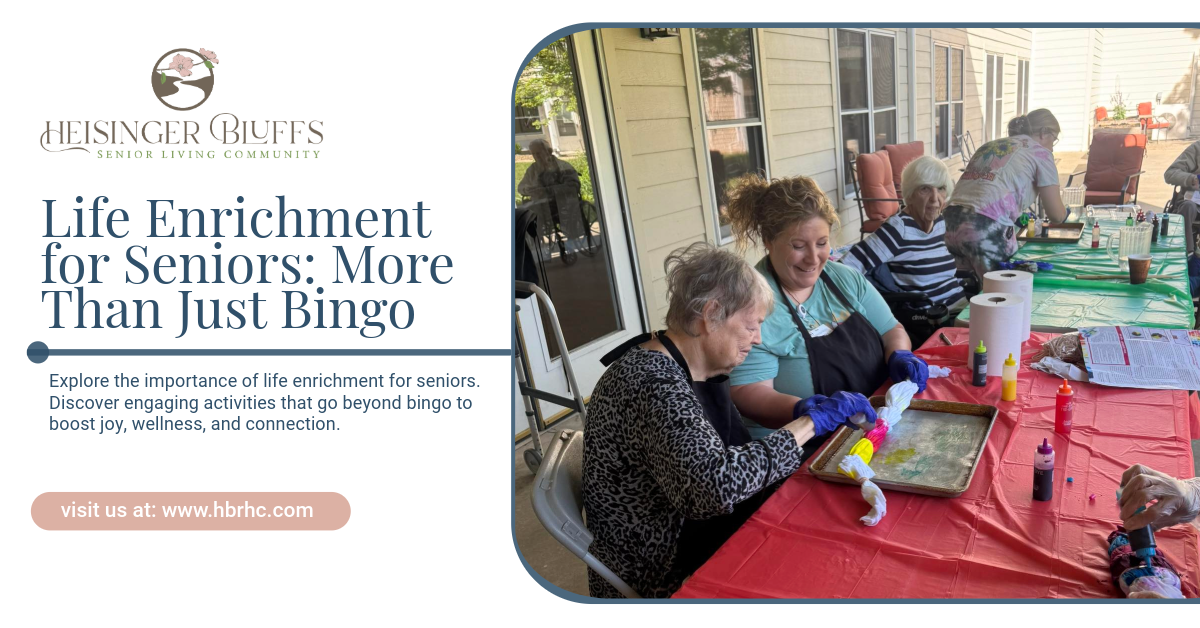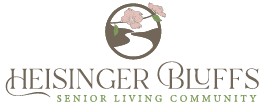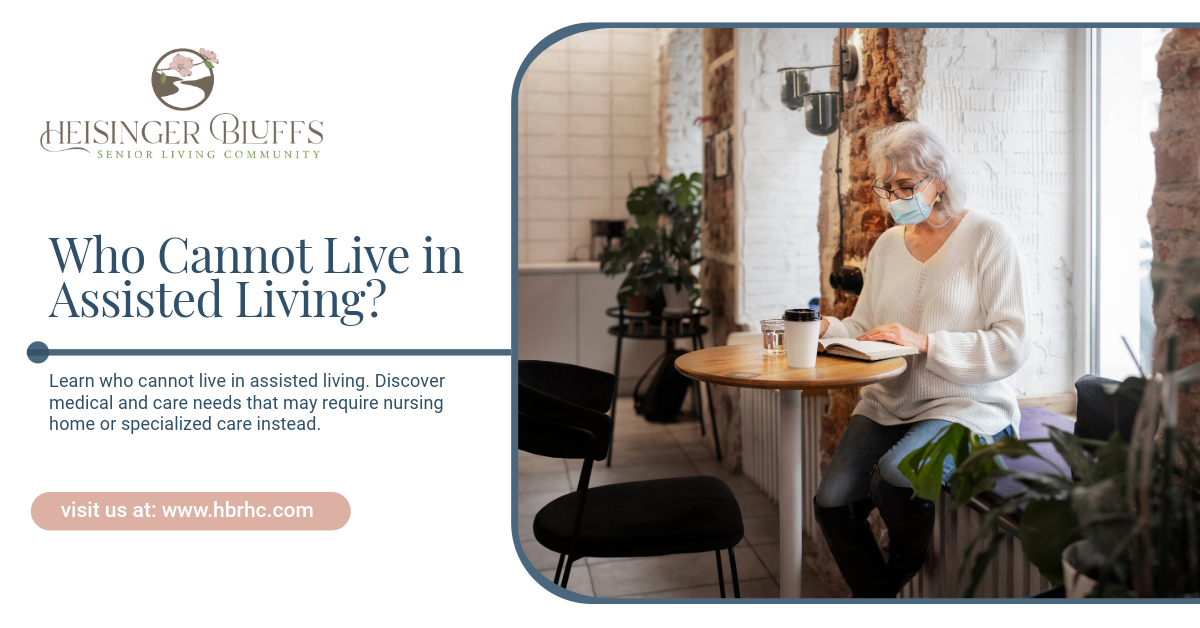Life Enrichment for Seniors: More Than Just Bingo

Key Highlights
- Life enrichment is integral to senior living, promoting a greater quality of life and encouraging purposeful lives.
- Life enrichment activities go beyond traditional games like bingo, offering a wide variety of activities such as social interaction, creative engagement, and cognitive stimulation.
- Programs tailored for older adults include benefits such as improved physical health, enhanced mental stimulation, and emotional well-being.
- Activities foster social connection in a senior living community, combating loneliness and boosting friendships.
- Personalized life enrichment approaches cater to individual interests, ensuring a sense of purpose and fulfillment.
Life enrichment is vital in senior living, enhancing the quality of life for older adults. Its primary goal is to foster daily engagement, going beyond mere busyness to help seniors form new connections. This not only improves their physical and mental well-being but also supports good mental health. In senior communities, life enrichment transforms ordinary days into meaningful experiences. Let’s explore what life enrichment is and its significance for seniors.
Understanding Life Enrichment for Seniors
Life enrichment programs help older adults in senior living facilities stay engaged and find meaning in their lives. These initiatives go beyond basic needs, promoting mental stimulation, emotional well-being, and physical activity.
Participation in life enrichment enhances seniors' quality of life by reducing loneliness and fostering a sense of belonging. They empower individuals to take an active role in their care while providing opportunities for social interaction and personal growth. But what exactly are life enrichment programs?
What Does Life Enrichment Mean?
Life enrichment programs aim to enhance seniors' quality of life and sense of purpose, extending beyond mere entertainment. These activities are thoughtfully designed to benefit the body, mind, and emotions. Seniors, particularly in living communities, thrive when connected to others and engaged in daily life.
Living with purpose often involves revisiting past hobbies or exploring new activities that stimulate cognitive function and creativity. Options like art classes, book clubs, and walking groups promote routine and enrich life experiences.
A life enrichment program fosters happiness and genuine connections daily. By offering diverse activities, seniors can discover their sense of purpose and shape their own experiences, enhancing their overall well-being in senior living.
Moving Beyond Traditional Activities Like Bingo
Life enrichment today focuses on diverse activities beyond traditional games like bingo. Seniors can participate in book talks and easy crafts, fostering creativity and connection within the group.
Movie nights also provide a relaxed setting for seniors to bond over classics or special films, strengthening friendships through shared laughter.
Additional creative activities, such as card games and small contests, not only add fun but also enhance cognitive skills and fine motor abilities. A variety of options ensures seniors stay engaged, make new friends, and enjoy meaningful days.
The Benefits of Life Enrichment Programs
Life enrichment programs significantly enhance overall quality of life by promoting mental, physical, and emotional well-being. Participation in these programs helps seniors adopt a balanced, healthier lifestyle and boosts cognitive function while reducing feelings of loneliness. Additionally, they may lower the risk of chronic diseases. Senior living communities incorporate enriching activities daily, ensuring a vibrant quality of life for all residents.
Enhancing Mental and Cognitive Health
Mental stimulation is crucial for slowing memory decline, especially in seniors participating in life enrichment programs. Activities like puzzles, brain teasers, and memory games enhance cognitive skills and foster a sense of pride.
Learning opportunities, such as language classes or tech lessons, keep the mind sharp and encourage engagement among memory care residents.
Additionally, social interactions and simple brain games can improve overall well-being. Mental stimulation combats memory loss and enhances quality of life, helping seniors maintain their mental vitality daily.
Boosting Emotional Well-Being
Emotional health improves when older adults have a sense of purpose and connection, making emotional well-being essential in life enrichment programs. These programs emphasize hobbies and storytelling, allowing seniors to express themselves and feel valued.
Life enrichment combats loneliness by fostering connections among participants through activities like gardening or outings, promoting joy and laughter.
Living with purpose goes beyond merely passing time; seniors can volunteer or mentor, providing deep emotional satisfaction and resilience against isolation. Life enrichment programs offer numerous opportunities for seniors to lead purposeful lives and maintain connections.
Physical Health Through Enrichment Activities
Physical activity is crucial for seniors, aiding their mobility and independence. Life enrichment programs in senior living offer various exercise options, from strength training to lighter workouts, promoting overall health and reducing the risk of chronic diseases like arthritis and diabetes.
Regular physical activity enhances fine motor skills, balance, and heart health. These programs can adapt activities to suit individual abilities, helping seniors lead active lives and improve their overall well-being.
Exercise and Movement-Based Programs
Regular exercise, like yoga or water aerobics, benefits seniors' physical health by reducing the risk of chronic diseases and improving joint movement and fine motor control.
Classes such as chair yoga allow those with limited mobility to participate, ensuring everyone can engage in physical activity. These activities also promote social interaction, teamwork, and enjoyment.
Special programs strengthen individuals, keeping seniors active and happy, ultimately enhancing their daily quality of life.
The Impact on Mobility and Independence
Maintaining mobility is crucial for seniors, enabling them to live independently and feel good daily. Life enrichment activities play a significant role, with programs focused on balance reducing fall risks and boosting confidence.
Simple activities like walking clubs or dance sessions strengthen muscles and enhance well-being. In these supportive environments, independence goes beyond physical movement; it fosters inner freedom and vitality.
Senior living communities incorporate these activities to promote movement, allowing residents to enjoy life while maintaining their independence.
Social Connection and Community Building
Social engagement significantly enriches life, helping seniors connect with their community and enhancing their mental health. Participation in group activities fosters better emotional well-being.
Life enrichment programs provide spaces for meeting, talking, and building friendships, alleviating feelings of isolation. With a strong support network, seniors thrive, feeling a sense of belonging and collaboration in shared environments.
Group Engagement and Friendships
Group activities offer seniors a fantastic way to forge real friendships within their community. Engaging in games or shared hobbies fosters conversation and connection.
- Cooking clubs encourage teamwork and creativity.
- Organized walking groups combine fitness with friendly chats.
- Evening card games introduce fun and light competition.
- Group gardening promotes teamwork and pride in shared achievements.
These friendships provide vital support, enhancing happiness and inclusivity through social interaction.
Combating Loneliness and Isolation
Feelings of isolation and loneliness can significantly impact the well-being of many seniors, making enrichment programs a valuable resource in combating these issues. By offering events such as group discussions or outings, seniors have the opportunity to reconnect with others and reintegrate into their community. These social gatherings not only foster interaction but also create a sense of belonging for all participants.
Engaging in collaborative activities, such as art projects or team-based tasks, provides seniors with meaningful connections and strengthens interpersonal bonds. Additionally, incorporating pet therapy sessions and organizing intergenerational events broadens the avenues for forming new friendships and expanding social networks.
Consistent participation in these structured programs cultivates a nurturing environment that encourages the development of enduring relationships, ultimately diminishing feelings of isolation over time. The social engagement facilitated by these initiatives alleviates loneliness and fosters a sense of camaraderie among individuals who may otherwise feel disconnected.
Moreover, establishing a supportive community through regular involvement in these activities not only addresses immediate social needs but also contributes to long-term emotional well-being. By fostering a sense of inclusivity and shared experiences, enrichment programs play a vital role in enhancing the quality of life for seniors facing isolation and loneliness.
Creative and Purposeful Engagement
Creative outlets significantly enhance happiness and fulfillment in life. Seniors often engage in activities like painting, music, or volunteering, which foster imagination and a sense of impact.
Participating in purposeful activities goes beyond fun; it instills a sense of purpose. These programs keep seniors mentally and emotionally active, connect them to their surroundings, and improve their overall quality of life. For many, they provide a renewed sense of purpose that brightens their days.
Music, Art, and Expressive Therapies
Music therapy and art enrich lives. Group singing and trying new instruments engage the mind and bring joy.
Art classes encourage exploration and self-expression through vibrant mediums. Painting and sculpting promote relaxation and reveal individuality.
Expressive therapies aid problem-solving and self-understanding, helping seniors maintain confidence in their emotions and identity.
Volunteering and Giving Back
Volunteering allows seniors to contribute, fostering a sense of purpose rather than passivity. Simple activities like mentoring students, assembling care packages, or participating in charity bake sales can enhance their sense of value.
Giving back renews purpose and strengthens community ties, bringing genuine joy. These volunteer opportunities benefit everyone involved; helping others boosts mood and self-worth.
Senior living communities that offer such programs enrich residents' lives, emphasizing the importance of purpose in daily routines and enhancing the meaning of each day.
Personalized Life Enrichment Approaches
Tailored activities significantly enrich lives in senior living. When programs align with individual preferences, they foster stronger bonds and maintain engagement.
Participation in enjoyable activities or family time transforms ordinary moments into lasting memories. These choices enhance residents' satisfaction and comfort in their daily lives.
Ultimately, life enrichment makes each day feel special.
Tailoring Activities to Individual Interests
Engaging seniors with tailored activities keeps their experiences fun and meaningful. Life enrichment staff inquire about individual interests to plan enjoyable activities.
| Individual Interest | Tailored Activity Example |
|---|---|
| Gardening | Community gardening with flower or veggie plots |
| History Enthusiast | Documentary screenings and discussions |
| Art Lover | Weekly painting or pottery classes |
| Animal Lover | Pet therapy sessions |
Customizing activities increases participation, fostering joy and curiosity. This personalized approach is key in life enrichment.
Inclusion of Family and Community in Activities
Staying close to family enhances well-being and enriches lives. Shared activities, like watching movies or having meals together, foster connections across generations.
Many senior living programs provide opportunities for community involvement, allowing seniors to meet locals at stores or schools. Hosting events, such as fairs, encourages friendships and strengthens bonds within families and the community.
Incorporating friends beyond the family nurtures love, support, and lasting memories for all.
Final Thoughts
Life enrichment activities play a vital role in enhancing the happiness, health, and overall quality of life for seniors. Far beyond traditional games like bingo, these programs stimulate the mind, support physical well-being, and nurture emotional connection. They help build friendships, spark creativity, and bring a renewed sense of purpose to each day.
At Heisinger Bluffs, we believe in creating meaningful experiences tailored to each resident’s interests and passions. When families and communities come together through engaging programs, everyone benefits. Ready to see how life enrichment can make a difference? Contact us today to learn more or schedule a personal tour.
Frequently Asked Questions
Why is life enrichment important for seniors?
Life enrichment helps seniors in senior living feel better in many ways. It boosts overall quality of life by caring for their emotional, physical, and thinking needs. It gives people a sense of purpose, helps fight feelings of loneliness, and can support good mental and physical health. This way, life enrichment makes a real difference in the quality of life for those living in senior living places.
What types of life enrichment activities go beyond bingo?
Beyond bingo, there are many other ways for seniors to enjoy life enrichment. Activities such as music therapy, group gardening, card games, and movie nights help make each day different. The use of creative engagement during the day keeps people active in their minds. These activities also help them to be involved, stay social with others, and feel a part of their community.
How do these programs benefit memory care residents?
Life enrichment programs help give mental stimulation to memory care residents. These activities, like puzzles and expressive therapies, help slow down memory loss. They also improve engagement. This makes those experiencing cognitive decline feel more emotional contentment. Life enrichment in memory care is useful because it supports and keeps their cognitive skills strong.
Sources:
- https://pmc.ncbi.nlm.nih.gov/articles/PMC10349343/
- https://www.medicalnewstoday.com/articles/social-activities-for-seniors
- https://www.nia.nih.gov/health/brain-health/cognitive-health-and-older-adults
- https://pmc.ncbi.nlm.nih.gov/articles/PMC4174769/
- https://www.cdc.gov/physical-activity-basics/guidelines/older-adults.html
- https://www.who.int/activities/reducing-social-isolation-and-loneliness-among-older-people











